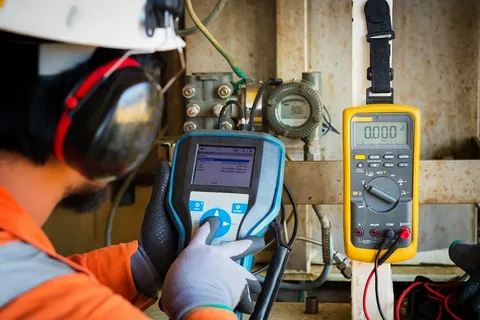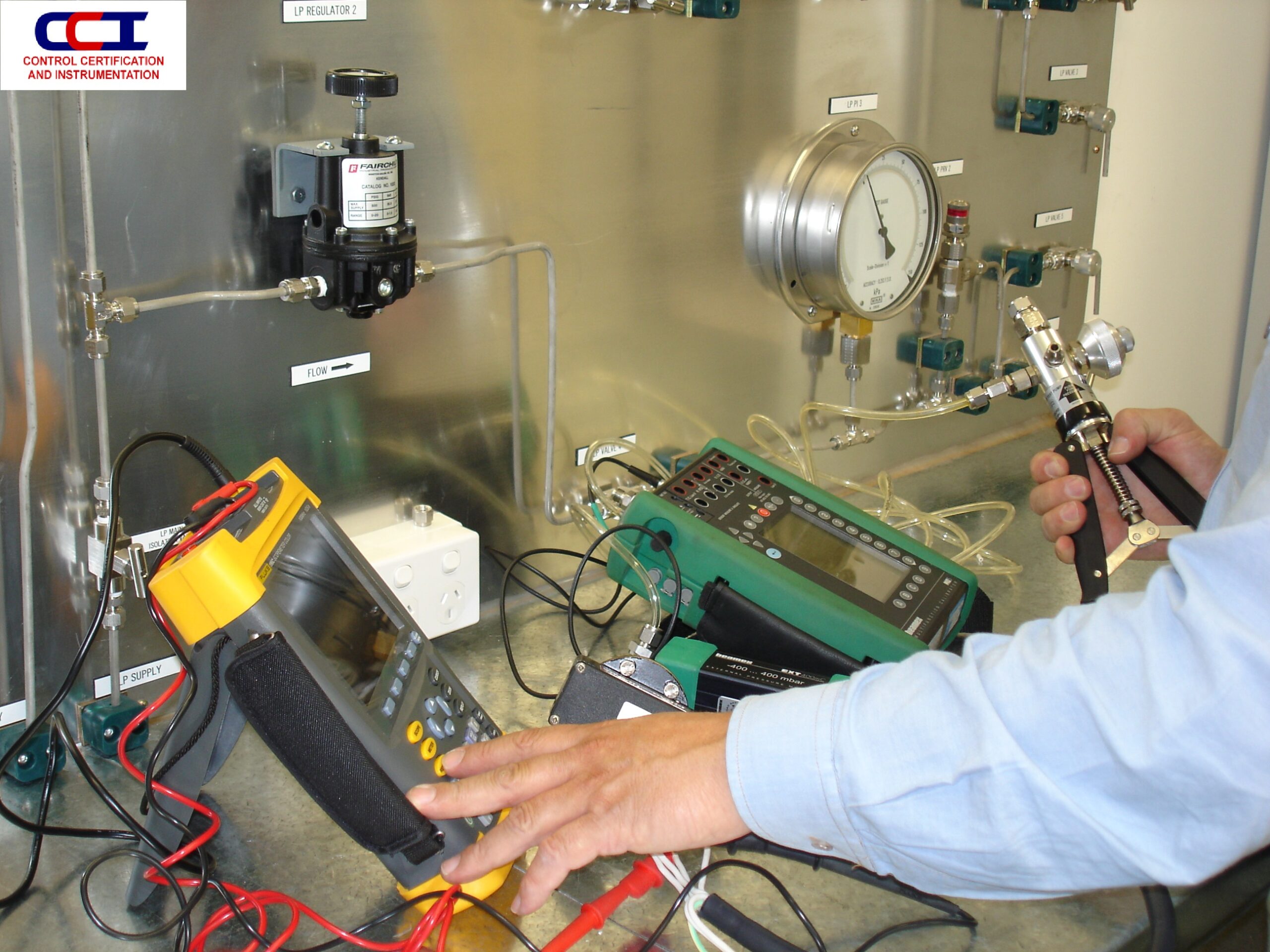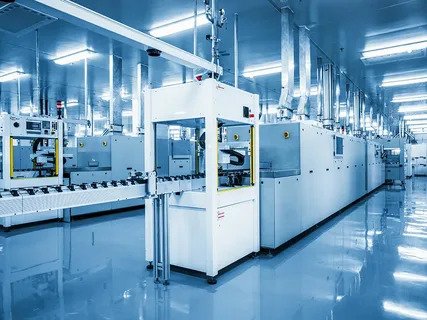Instrument calibration is a crucial process ensuring measuring instruments’ accuracy and precision. Whether it’s for scientific, industrial, or commercial purposes, regular calibration is essential for maintaining the reliability of measurements and ensuring consistent performance.
In this comprehensive guide, we will delve into the intricacies of Instrument Calibration, providing a step-by-step approach to demystify the process and empower you to confidently achieve accurate results.
Understanding Instrument Calibration
What is Instrument Calibration?
Instrument calibration involves comparing an instrument’s measurements to a known standard to determine any deviations and make necessary adjustments to ensure accuracy. It is a meticulous process that guarantees the reliability of the instrument’s readings, thus fostering trust in the data it generates. Calibration aims not only to rectify any inaccuracies but also to maintain the instrument’s precision over time, ultimately contributing to the quality and integrity of the results it produces.
Types of Instruments Requiring Calibration
Instruments across various industries, including but not limited to laboratory equipment, manufacturing machinery, medical devices, and environmental monitoring tools, require regular calibration to uphold their reliability.
Each type of instrument demands specific calibration procedures tailored to its unique functionalities and measurement parameters. Understanding the diverse requirements of different instruments is crucial for ensuring their accuracy and precision in their respective applications.
Preparing for Calibration
-
Gathering Necessary Tools and Equipment
Before commencing the calibration process, gathering the requisite tools and equipment is essential. These may include calibration standards, reference materials, adjustment tools, and documentation forms. It is imperative to utilise calibrated equipment for the calibration process as it forms the foundation for accurate and reliable measurements. The calibration equipment’s precision and reliability directly impact the calibration process’s effectiveness.
-
Creating a Controlled Environment
Establishing a controlled environment is pivotal for obtaining accurate calibration results. Factors such as temperature, humidity, and external interferences can significantly affect calibration. Maintaining a stable and controlled environment minimises the potential for external influences to compromise the accuracy of the calibration, thus ensuring the reliability of the measurements.

The Calibration Process
-
Initial Inspection and Cleaning
Prior to calibration, a thorough inspection of the instrument is necessary to identify any damages, contaminants, or irregularities that may impact its performance. Cleaning the instrument meticulously is also essential to eliminate any debris or substances that could skew the calibration results. A clean and well-maintained instrument provides a solid foundation for accurate calibration.
-
Adjusting Instrument Settings
Adjusting the instrument’s settings in accordance with the manufacturer’s guidelines is a critical step in the calibration process. This may involve fine-tuning parameters, adjusting tolerances, or realigning components to ensure the instrument’s measurements align with the predetermined standards. Adhering to the manufacturer’s recommendations is imperative for achieving precise and reliable calibration outcomes.
-
Performing Test Measurements
Conducting test measurements is a pivotal aspect of the calibration process. This step involves comparing the instrument’s readings to known standards and interpreting the results to ascertain any deviations. Understanding and interpreting the test measurement results are instrumental in identifying and rectifying any discrepancies, thereby ensuring the instrument’s accuracy and precision.
Documentation and Compliance
-
Recording Calibration Data
Maintaining detailed records of the calibration process is indispensable for traceability and quality assurance. Calibration data should encompass information such as date of calibration, instrument identification, personnel involved, environmental conditions, and pre and post-calibration measurements. A standardised format for documenting calibration data enhances accountability and facilitates comprehensive analysis of the instrument’s performance over time.
-
Compliance with Standards and Regulations
Adhering to industry standards and regulatory requirements is paramount for ensuring the validity and credibility of the calibration process. Staying abreast of relevant guidelines and regulations, whether industry-specific or internationally recognised, is essential for maintaining compliance and upholding the integrity of the calibration outcomes. Prioritising compliance fosters confidence in the accuracy and reliability of the instrument’s measurements.
Conclusion
In conclusion, mastering the art of instrument calibration is instrumental in achieving accurate and precise measurements across diverse applications. We encourage you to implement the insights shared in this guide to embark on a journey towards excellence in instrument calibration. By prioritising accuracy, precision, and compliance, you pave the way for unwavering trust in the measurements produced by your instruments, thus establishing a strong foundation for success in your endeavours. Remember, precision is not just a goal—it’s a commitment to reliability and excellence.




